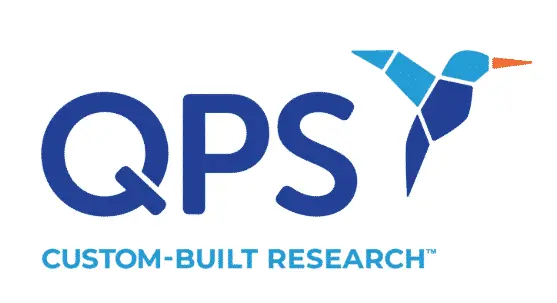Over the past five years, scientists have slowly gained a better understanding of SARS-CoV-2, the virus responsible for the COVID-19 pandemic. Despite our knowledge of its devastating effects, the complete picture of how it damages the lungs remains incomplete. To understand these dynamics better, researchers led by biologist Sandra Leibel at the University of California, San Diego (UCSD) have been studying the virus’ effects on “mini-lungs” they create from human stem cells. These lab-grown lungs are a window into the battle between the virus and the body’s defenses.

A New Front in the Fight Against COVID-19
The research is built on Leibel’s previous experience engineering stem cells from babies to correct a genetic deficiency in the surfactant protein A gene by first modifying an infant’s stem cells into lung cells. Over the years, the researchers began developing lab-grown lung cell clusters into miniature, balloon-like lungs capable of replicating many aspects of human lung function. When COVID-19 struck, Leibel and UCSD immunologist Ben Croker saw an opportunity. “We needed to put that model to work, to study the response to SARS-CoV-2,” Croker said in an interview with Fierce Biotech, recognizing the potential to study the virus’s impact directly in the engineered lungs.
Uncovering the Virus’s Hidden Pathways
The research, described in Proceedings of the National Academy of Sciences, yielded a startling discovery. The team exposed mini-lungs grown from different types of stem cells to different variants of SARS-CoV-2. The virus, known to enter cells through the ACE2 receptor on the cell’s surface, also infiltrated cells through an unexpected route. “We pretty quickly realized how efficiently the virus could infect different types of lung cells,” Croker said. Even cells lacking the ACE2 receptor weren’t immune, as the virus was able to enter cells through a process called macropinocytosis, in which cells take up large amounts of fluid. This revelation hinted at why COVID-19 has been so difficult to control and opened new avenues for research.
The Lungs Fight Back
Despite lacking immune cells, the mini-lungs mounted a defense to SARS-CoV-2. Leibel’s team observed that lung epithelial cells began producing inflammatory proteins, including chemokines and interferons. This immune response was driven by surfactant B, which was not known to be involved in immunity. Leibel explained that “surfactant protein A and D, those are the immune surfactants. B and C are usually the surfactants that help so our lungs don’t collapse every time we exhale.” Yet surfactant B was an unlikely sentinel, triggering a protective response against the virus.
A Glimmer of Hope
The researchers went a step further. They added surfactant B to the mini-lungs before infecting them with the virus. The results were promising. “There was less viral infectivity with that prophylactic addition,” Leibel said, a sign that surfactant B might be a key to protecting the lungs from COVID-19. The team’s next challenge is understanding exactly how this protection works and whether surfactant B could be developed into a treatment or preventive measure for those most at risk.
The Next Frontier
The fight against COVID-19 is far from over, and Leibel and Croker are already looking ahead. They plan to add immune cells to their mini-lungs to better understand how the body’s natural defenses respond when lung cells signal distress. “We’re just showing [the] first response of the cells to the virus,” Leibel said. But the story doesn’t end there. “What about that second response when they’re actually calling for help and they need those immune cells to come?” Further research with the mini lungs will continue to improve understanding and guide the development of treatments to protect people from respiratory damage due to COVID-19.
Did you enjoy this blog post? Check out our other blog posts as well as related topics on our Webinar page.
QPS is a GLP- and GCP-compliant contract research organization (CRO) delivering the highest grade of discovery, preclinical and clinical drug research development services. Since 1995, it has grown from a tiny bioanalysis shop to a full-service CRO with 1,100+ employees in the US, Europe and Asia. Today, QPS offers expanded pharmaceutical contract R&D services with special expertise in pharmacology, DMPK, toxicology, bioanalysis, translational medicine and clinical development. An award-winning leader focused on bioanalytics and clinical trials, QPS is known for proven quality standards, technical expertise, a flexible approach to research, client satisfaction and turnkey laboratories and facilities. Through continual enhancements in capacities and resources, QPS stands tall in its commitment to delivering superior quality, skilled performance and trusted service to its valued customers. For more information, visit www.qps.com or email info@qps.com.







